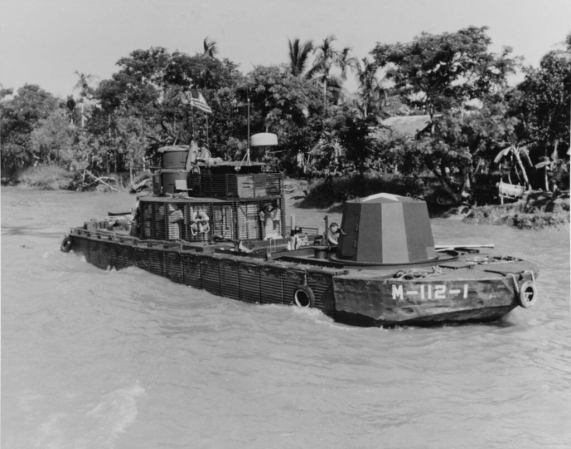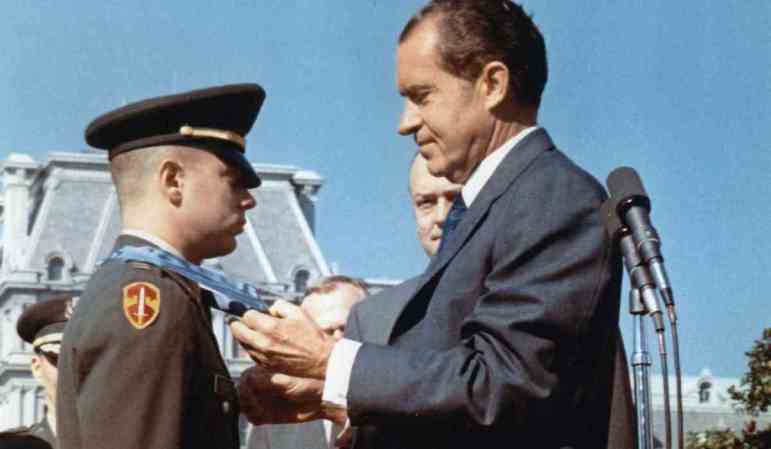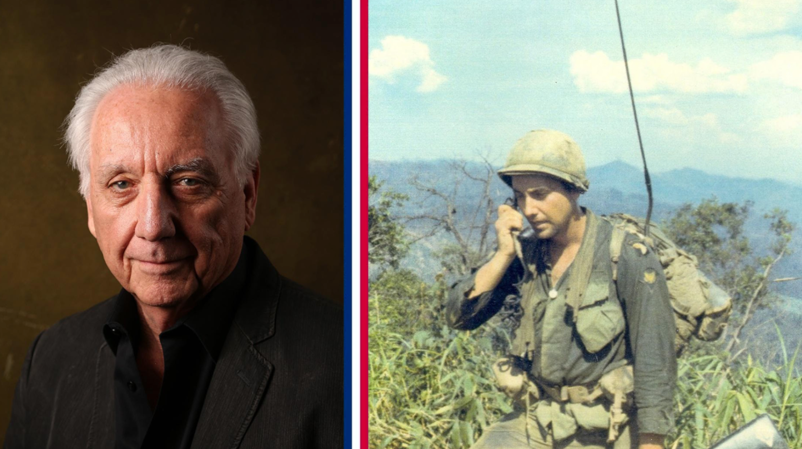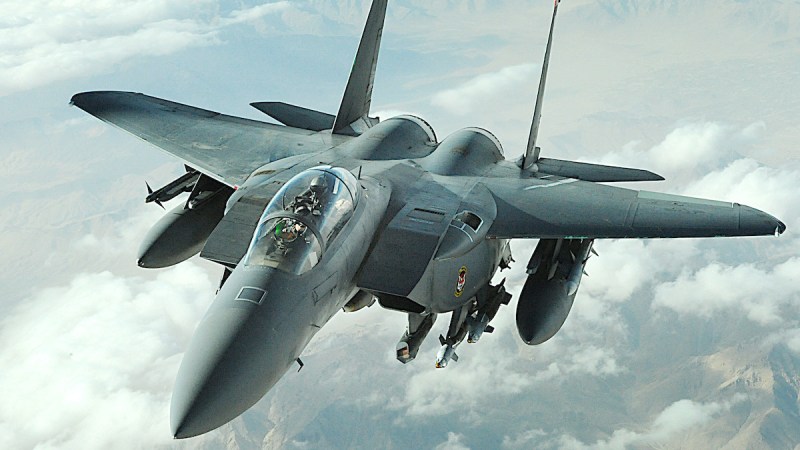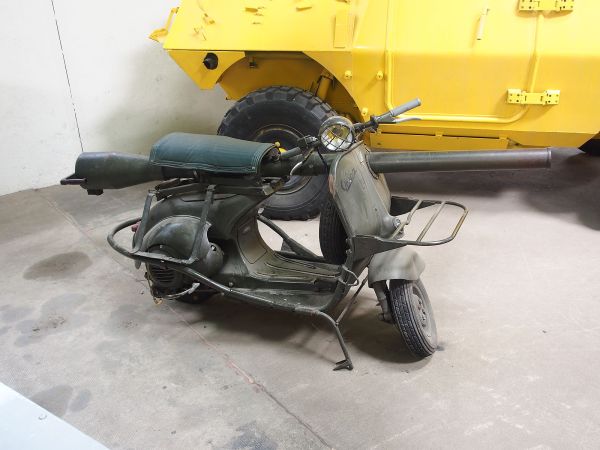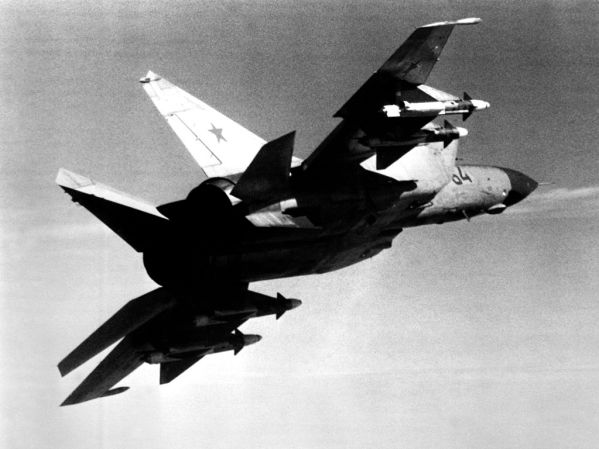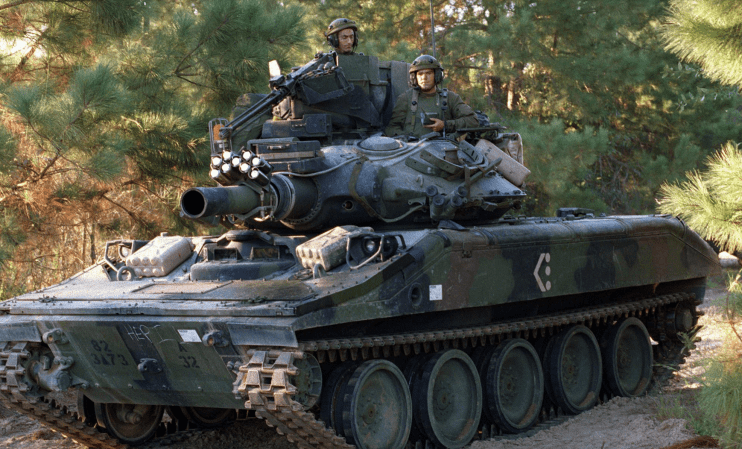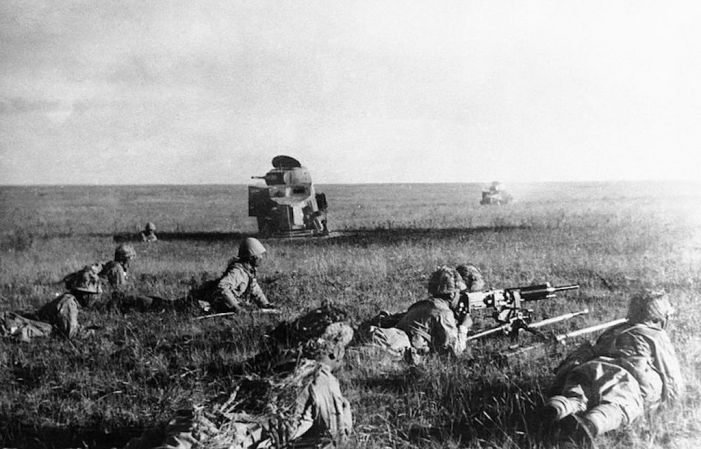The Russian BMD series of airborne infantry fighting vehicles are really quite impressive. Both the BMD-1 and BMD-2 provided Soviet airborne troops with some serious firepower — more than enough to make life miserable for opposing forces in the rear areas that airborne troops can reach. But the Soviets developed another armored vehicle to fight alongside the BMD series — one that complements the BMD’s lethality with payload.
The BTR-D is an airborne armored personnel carrier. It has a crew of three and is capable of holding up to ten troops. But it isn’t just a troop transport, the BTR-D also packs some heat in terms of armament. Its heaviest main weapon option is a 30mm automatic grenade launcher, better known as the AGS-17.
So, seeing as the Soviets had already developed the impressive BMD series, why would they need an armored personnel carrier as well? The answer is volume. The BMD-1 is only capable of carrying five troops and, according to some sources, the BMD-2 only hauls four. The 10-troop capacity of the BTR-D is a huge benefit. In rear areas with few opposing tanks or infantry fighting vehicles, ten paratroopers backed by an armored vehicle with a 30mm automatic grenade launcher and two bow-mounted 7.62x54mm PKM machine guns can bring some serious hurt to a support unit.

The BTR-D had an anti-aircraft variant that packed a ZU-23 twin-barrel 23mm anti-aircraft gun.
(Photo by Serge Serebro, Vitebsk Popular News)
By now, if you’re familiar with the impressive firepower of the BMD-2, you might be asking yourself, “why not just carve out some space for carrying more troops?” The simple truth is that nothing’s free. If you want to maintain airborne capabilities, you need to consider a vehicle’s weight and size (planes, even a C-5 Galaxy, have only so much volume). The design of the BTR-D prioritized troop capacity over armament, meaning there simply wasn’t room for the type of firepower found on the BMD series.

The BTR-D was the basis for the 2S9 self-propelled mortar.
(DOD)
There were several variants of the BTR-D created to meet the needs of a variety of missions. One of those variants is equipped with anti-aircraft guns — a nasty surprise for pilots over what they thought was friendly territory.
Learn more about this Soviet airborne APC in the video below!




